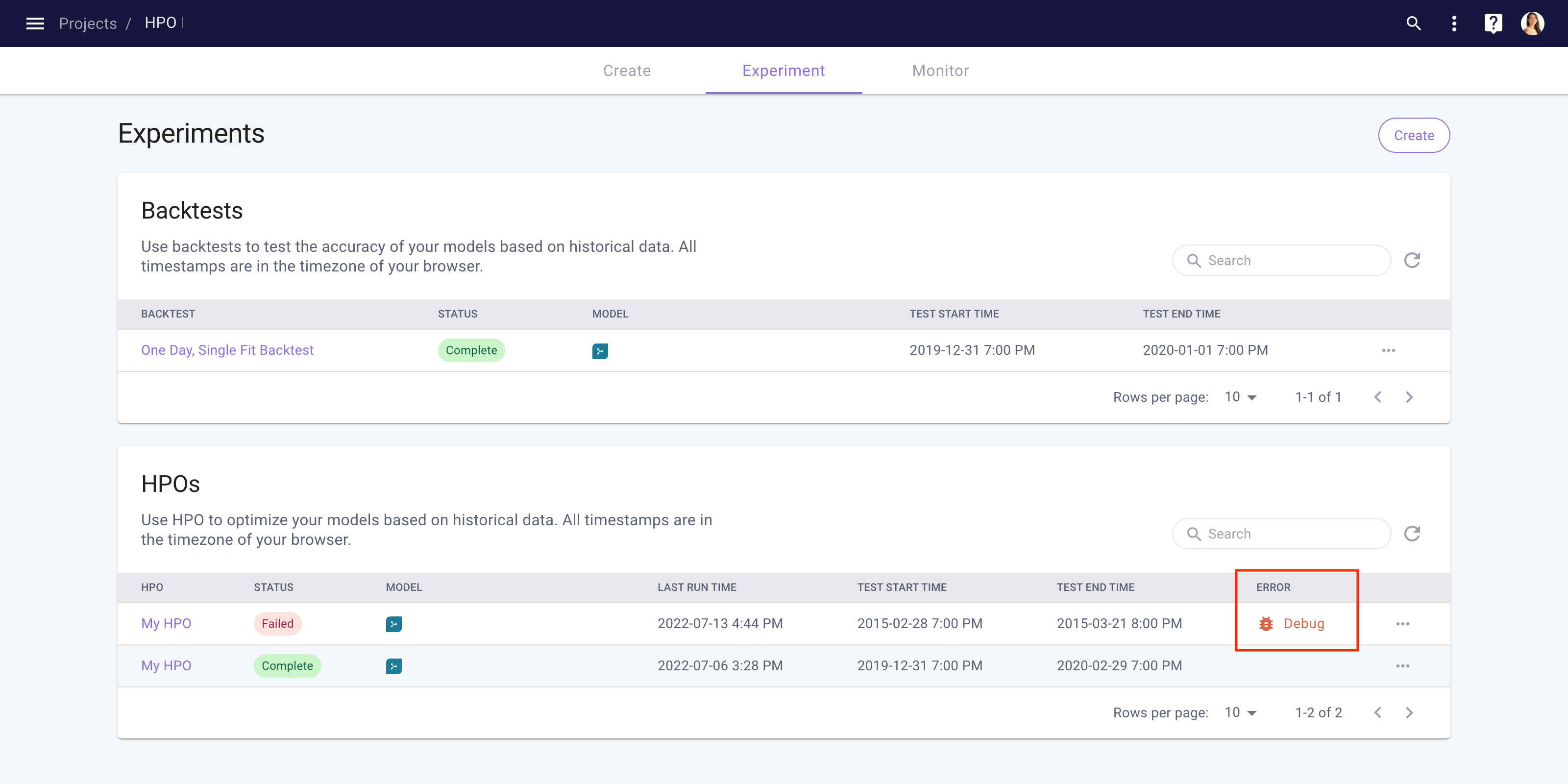Backwards incompatible changes and NGBoost
Myst Platform Release (2022-07-21)
Hello Myst Platform users,
This week’s updates introduce backwards incompatible changes in our Python client library – in addition to updates that will help you predict full probability distributions and DA-RT sign, among other improvements.
When you next upgrade your myst-alpha package (instructions here), you may need to update your existing code to avoid errors. All required changes for compatibility with today’s release of v0.12.0 of our Python client library can be found here. You can continue using older versions of the client library without making any changes to your existing code.
🚨 Backwards incompatible changes:
- Again, please see here for all backwards incompatible changes in today’s v0.12.0 release of the Python client library. These include updating the resource
getmethods to accept both a project UUID and project instance – and adjusting resources names and arguments for ourInputclass to make these more specific.
✨ New features:
- The NGBoost connector is live! NGBoost enables parametric uncertainty estimation with Gradient Boosting with four distributions (Normal, Cauchy, Laplace, and Lognormal). You can use NGBoost to create a forecast of a full probability distribution or extract from that distribution specific prediction intervals (see documentation and price forecast tutorial).
⚡️ Enhancements:
- The Numerical Expression connector now supports additional binary expressions ('<', '<=', '>', '>=', '==', '!=', '&', '|' ), the unary operator '~', and the function 'where'. You can use inequality expression with binary classification to generate predictions of, for example, DA-RT sign (see tutorial).
- You can now view error detail associated with failed HPO jobs in the Web Application.

INDICATIVE_LMPandORIG_INDICATIVE_LMPdatatypes are both available through the Yes Energy source connector.- You can now use
create,list,get, andupdatemethods with all of the Myst Platform’s core resources (e.g., projects, time series, sources, operations, models, and backtests). For example, the newupdatemethod will allow you to create a time series with an active policy – then update its policy to be inactive when you no longer want that time series to generate results. - Model fit times can now run as long as six hours. You should see fewer “maximum time exceeded” errors than before.
- Backtests that run longer than 3 hours will fail. We will add tips for staying within this guardrail to this this page in our documentation.
As always, please do not hesitate to reach out via the chat embedded in the Myst Platform or email us at [email protected] with questions or feedback.
Thank you!
Ellery and the Myst team